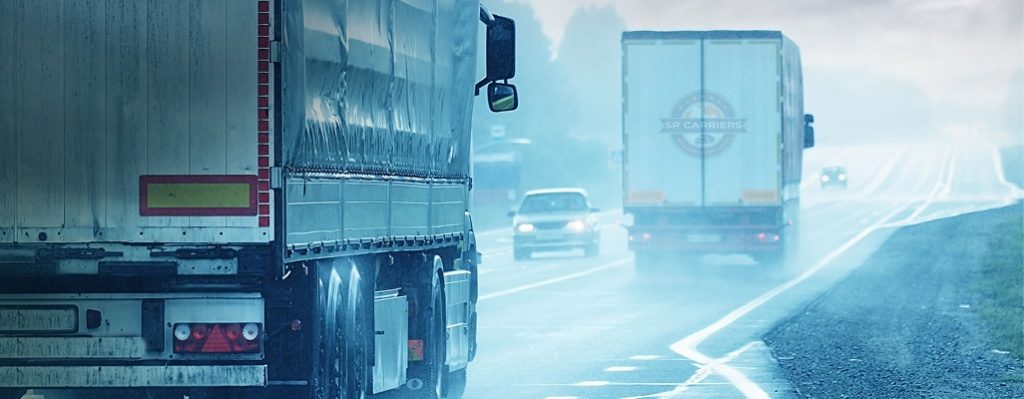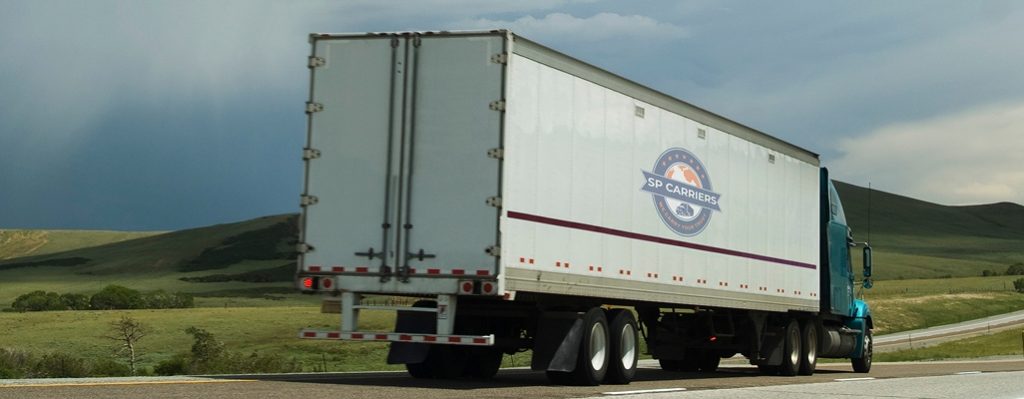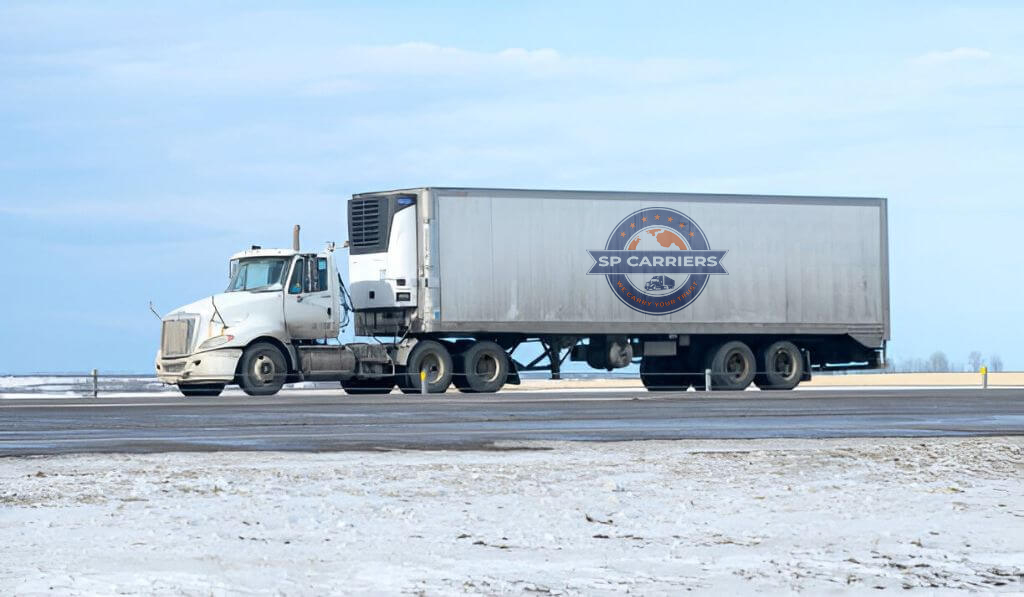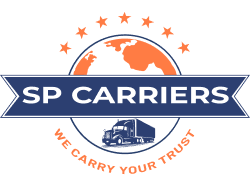Shipping goods is a part of life for many businesses. When some things travel from one place to another, they need care to stay safe and useful. Think about sending ice cream on a hot day. If you do not keep it cold, it melts and cannot be sold or eaten. Some things need to stay cool or warm, not just for taste but for health and safety. This is where temperature-controlled shipping steps in.
This type of shipping helps people move goods that need the right heat or cold. Many industries count on this kind of service, where a small mistake can mean medicine does not work, food goes bad, or items lose their value. Using the right temperature is not just about keeping things cool. It is about following laws, meeting standards, and keeping trust with customers. Every step matters, from packing to tracking. Let us explore how people use temperature-controlled shipping and why you should care about it.
What Is Temperature Controlled Shipping?
Temperature-controlled shipping means moving goods in trucks, planes, or ships with a set temperature. These shipments use special tools to stay cold or warm, no matter where they go. This system is key for things like fresh food, medicine, or special art.
Main parts of temperature-controlled shipping:
- Refrigeration units keep shipments cool or frozen.
- Climate-controlled containers hold goods steady at a set temperature.
- Insulated packaging adds extra protection.
- Sensors and tracking devices help people check the temperature at all times.
This shipping method has grown from simple coolers to advanced trucks and smart tracking. Now, you can see the temperature of your shipment at any point. That means fewer mistakes and safer delivery.
Key Industries Relying on Temperature-Controlled Logistics

Some fields need temperature control more than others. Here is how it helps them:
- Pharmaceuticals: Many drugs turn unsafe if they leave their safe temperature. Vaccines, for example, often need cold storage.
- Food and Beverage: Fruits, dairy, fish, and meat can make people sick if not kept cold.
- Biotechnology: Samples, tissues, and lab materials must stay steady or they become useless.
- Fine Art: Paintings and old books can be ruined by too much heat or cold.
These groups trust temperature control to keep their goods safe. If things go wrong, people lose money or get hurt.
Technology and Equipment Used in Temperature Regulation
Smart equipment keeps goods safe on every journey. These are the usual tools:
- Refrigerated trucks: These big vehicles have built-in cooling.
- Thermal pallet covers and blankets: They protect goods from fast changes in outside air.
- Gel packs or dry ice: For extra cold, shippers use these inside boxes.
- Data loggers and wireless sensors: They track the temperature and send live updates.
- Remote tracking systems: Some systems use GPS and the internet so you see the temperature and location on your phone or computer.
This gear helps people watch their shipments with care and solve problems fast if something goes wrong.
Why Temperature-Controlled Shipping Matters
Shipping mistakes can cost lives, money, and trust. If a cold shipment gets warm, or a warm shipment gets too cold, the goods can spoil, lose their power, or even make customers sick. This is why following the right process helps keep everyone safe and happy.
Impact on Product Quality and Safety

When goods do not stay at the right temperature, bad things can happen:
- Food may rot, smell, or grow germs.
- Art can crack, warp, or fade.
- Medicine might stop working, or worse, harm a patient.
- Science samples can become useless.
A single mistake can mean lost dollars or a lost life. For example, if frozen fish gets too warm, it spoils. If cancer drugs get too hot, they no longer help people. Quality and safety matter every step of the way.
Regulatory Requirements and Industry Standards
Rules exist to keep people safe. Many governments and agencies set standards for shipping sensitive goods.
Common regulations include:
- FDA (Food and Drug Administration): Sets rules for medicine and food in the United States.
- WHO (World Health Organization): Helps set standards for drugs and vaccines.
- GDP (Good Distribution Practice): Focuses on safe drug storage and shipping.
Extra industry groups offer special permission or badges when people follow the right steps. Companies must show records, use the right tools, and train workers. If rules are not followed, fines or court cases might happen.
Business Risks and Reputation Management
When temperature control fails, companies lose more than goods. They lose trust and money. In some cases, people or animals can get hurt.
Risks for companies:
- Legal trouble: Fines or lawsuits can follow a single spoiled shipment.
- Lost customers: People want safe products. If trust is lost, buyers leave.
- Bad news stories: Stories about spoiled drugs or food can haunt a business for years.
- High costs: Spoiled products mean refunds, extra storage costs, or shipping replacements.
Look at the case of COVID-19 vaccine shipments. A lost batch could put many lives at risk. This shows how important temperature control is for all.
Conclusion
Temperature-controlled shipping is now more important than ever. New tools like remote sensors (IoT), automatic systems, and smart data tracking make it easier to keep goods safe and fresh. As people expect better service, the demand for steady temperature control grows.
Businesses that use these services protect their customers, keep high standards, and avoid costly mistakes. Simple steps, like tracking and choosing the right packaging, build trust and help you stay ahead. In the end, good temperature control is about care—care for products, health, and your good name. Investing in the right systems brings peace of mind and safe delivery every time.


